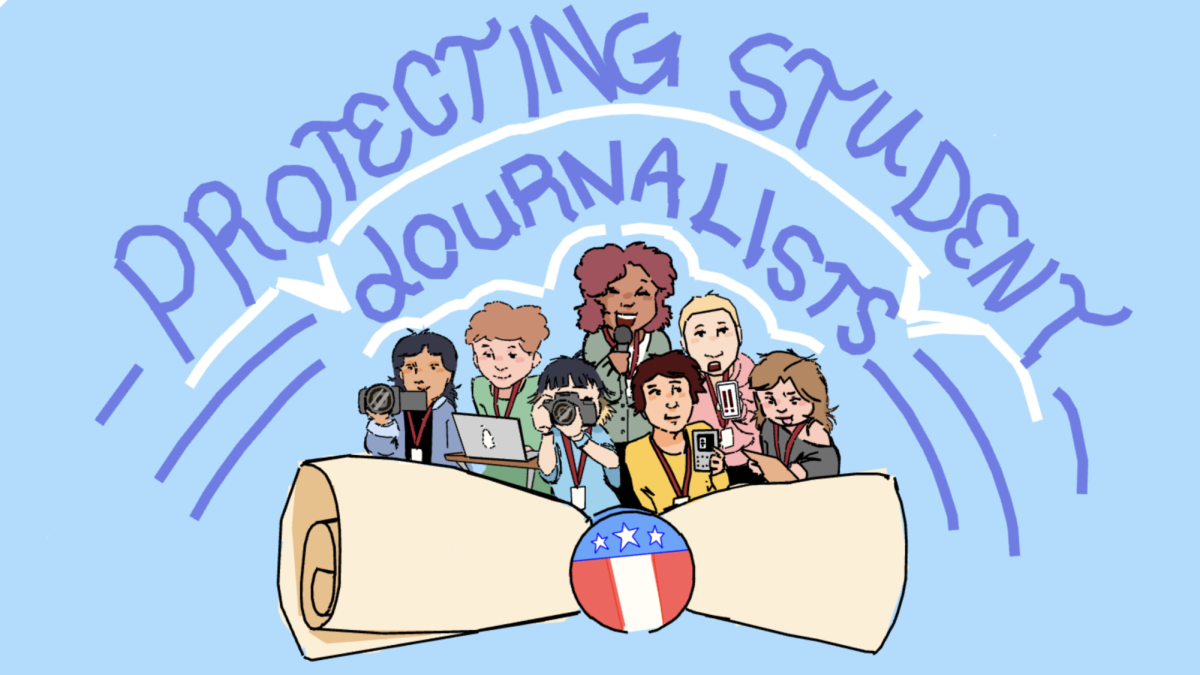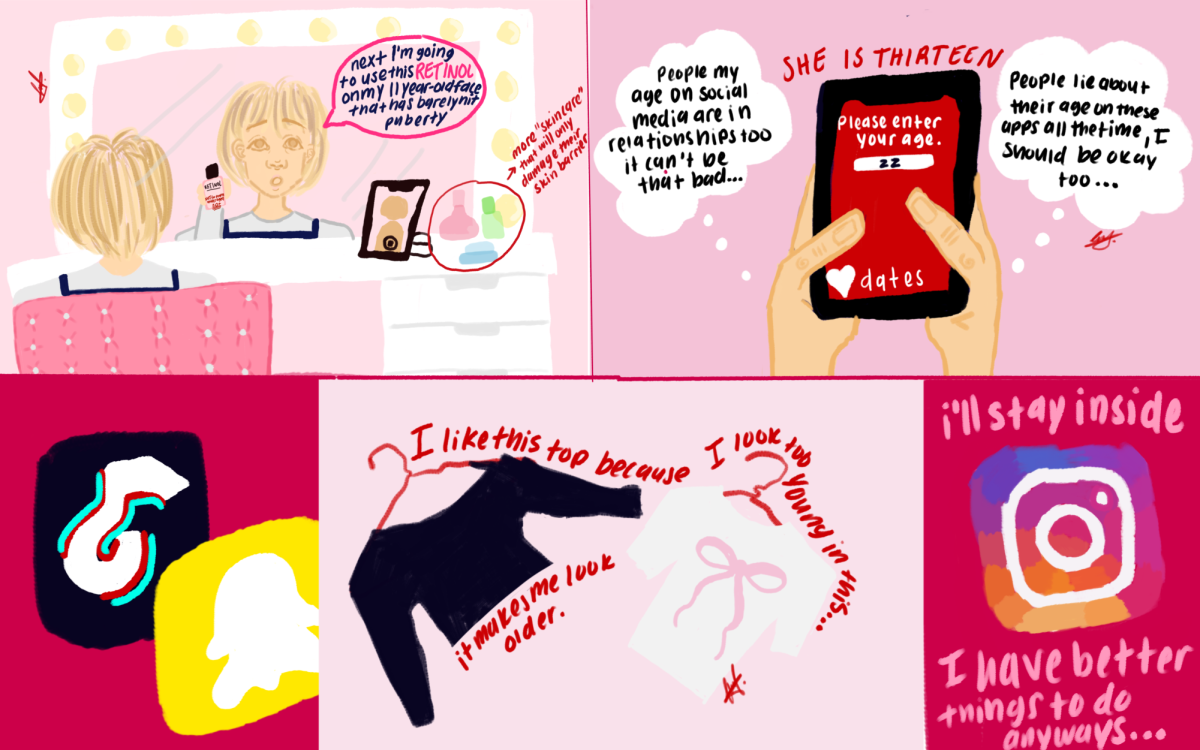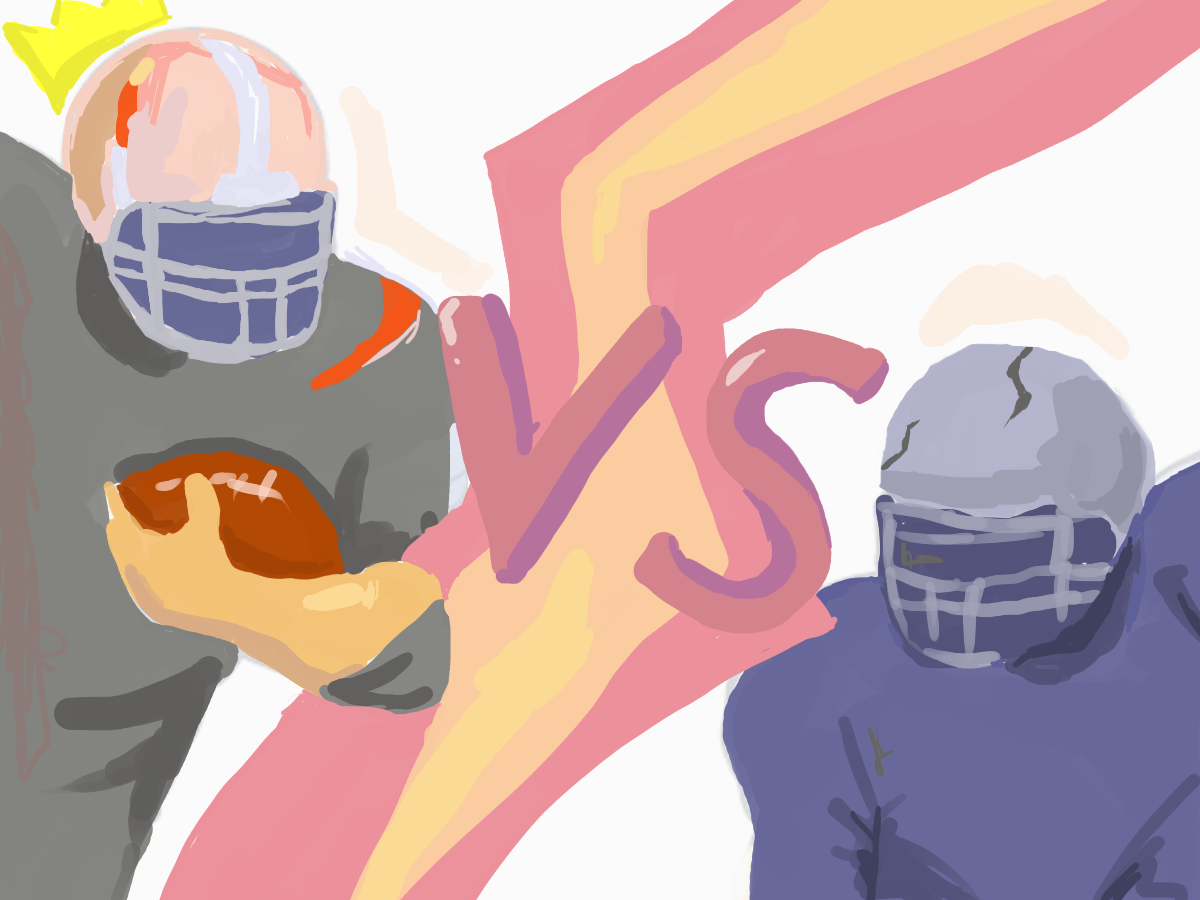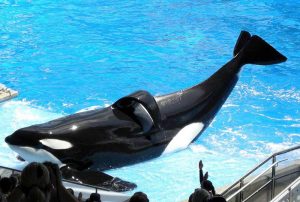
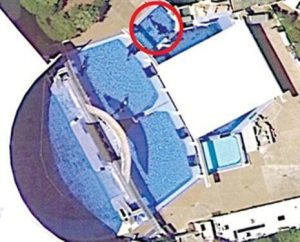
SeaWorld, a marine mammal park, has been open for 52 years. The park is known for it’s marine life and exciting rides. Home to killer whales, beluga whales, dolphins, manatees, sharks and many other aquatic animals, SeaWorld has attracted people from around the world.
Back in 2010, the park suffered a very big incident. One of their killer whales, Tilikum, who was the largest whale in the park, drowned a trainer during a “Dine with Shamu” show. She was killed instantly after the whale dragged her by her ponytail to the bottom of the pool.
This whale was also responsible for two other deaths while being in captivity at SeaWorld, three kills in total. Tilikum was used to breed many orcas and now 54 percent of killer whales in SeaWorld have his genes. These huge mammals are kept in tanks that do not even closely compare to the ocean’s capacity.
The orcas are separated from their mothers as calves abruptly. They are taken from their ocean homes and put into slings while their families watch helplessly. Normally killer whales have a life expectancy of 60-70 years for males, 80-100 years for females; the average age of whales who have died at the park in captivity is 13 years old.
The whales are then put into tanks several times smaller than SeaWorlds parking lot. These mammals can swim up 100 miles a day in the wild. According to the website seaworldofhurt.com, the whales would need to swim 1,208 laps around the tanks they are kept in to equal the normal amount they would be swimming in a day in their ocean homes.
In these small tanks, they are forced to stay with other whales who they are not compatible with. This causes tension and aggression added to the pressure put on them for performances. Situations like this may be the cause that these frustrated animals lash out, such as Tilikum’s attack on his trainer.
People started to realize the abuse going on in SeaWorld the most when the popular documentary, Blackfish, aired in 2013. Directed and produced by Gabriela Cowperthwaite, the film concerns Tilikums life and other whales in captivity.
“Blackfish is a very emotional film. It shows a lot of behind the scene action that you wouldn’t believe. I definitely recommend it,” sophomore Brooke Kenny said.
Since this documentary came out, SeaWorld admitted that their profits have dropped 84 percent. On March 17, 2016, the park made the historic announcement that they would stop breeding killer whales. But, the remaining whales in captivity will still be kept in small tanks and forced to perform for an audience of people.
“I feel so bad for these whales. Especially the ones who die in captivity, they are taken so young and never get to see what it’s like to actually be in the ocean,” junior Hunter Ballou said.
Tilikum was captured from the wild in 1983 when he was just two years old. He died Jan. 6, 2017. SeaWorld announced in advance that he was incredibly sick with lung problems. Though his life inflicted pain on many others, he himself experienced his own type of torture.
To spread awareness, telling friends and family about the abuse SeaWorld puts their whales through will help. The more people who do not buy tickets to go to this park, the more of a chance SeaWorld will put an end to the whale shows and abuse that takes place. Think twice before purchasing a ticket; is it a show filled with spectacular tricks or a front row seat to inhumanity at its best?




